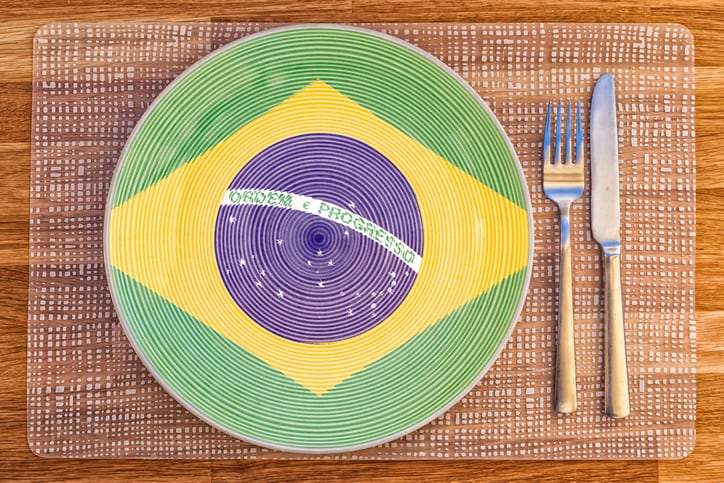The Chilean Government introduced the National Law of Food Labeling and Advertising in 2016, with one of the three main goals being to restrict the marketing and advertising of HEFSS foods to children under 14. The advertising restrictions applied to multiple media platforms, including TV, radio, websites, social media, magazines, newspapers, billboards, and pamphlets.
In order to understand what kind of impact this will have, a team of scientists from Diego Portales University (Santiago), the University of Chile (Santiago), and the University of North Carolina, Chapel Hill (USA) looked at the quantity and content of food and beverage advertising to Chilean children before the law became effective.
Impact
Writing in Public Health Nutrition, the scientists report that food advertisements represented 16% of all advertising on all TV channels (broadcast and cable channels), with 34% of those being for HEFSS foods and beverages.
In addition, children saw more ads about HEFSS food, with more of these ads directly targeting children, than they saw ads without HEFSS foods, said the researchers.
Applying the new regulations to the pre-law statistics, the researchers predicted that exposure to such ads would be reduced by about 30% based on restricting ads only to programs where only 20% of the audience is composed of children aged between 4 and 12 years.
“[W]e anticipate that the food industry will change its marketing approach in response to the regulation, including the quantity of ads, strategies used in the ads and even the products being advertised. The current study is therefore a necessary first step in monitoring the changes anticipated in food marketing in Chile,” wrote the researchers.
“As the new law restricts television HEFSS food advertising from 06.00 to 22.00 hours, the food industry may also strengthen the advertising in other platforms, particularly digital outlets. Therefore, future studies should monitor social media and food-related websites.”
Chile’s National Law of Food Labeling and Advertising (Law 20.606) has three main goals:
1) To require front-of-package warning labels to identify pre-packaged HEFSS foods and beverages,
2) To forbid HEFSS foods in school kiosks and feeding programs, and
3) To restrict the marketing of HEFSS foods to children under age 14 years across different media platforms.
Source: Public Health Nutrition
Published online ahead of print, doi: 10.1017/S1368980018003130
“The prevalence and audience reach of food and beverage advertising on Chilean television according to marketing tactics and nutritional quality of products”
Authors: T. Correa et al.



